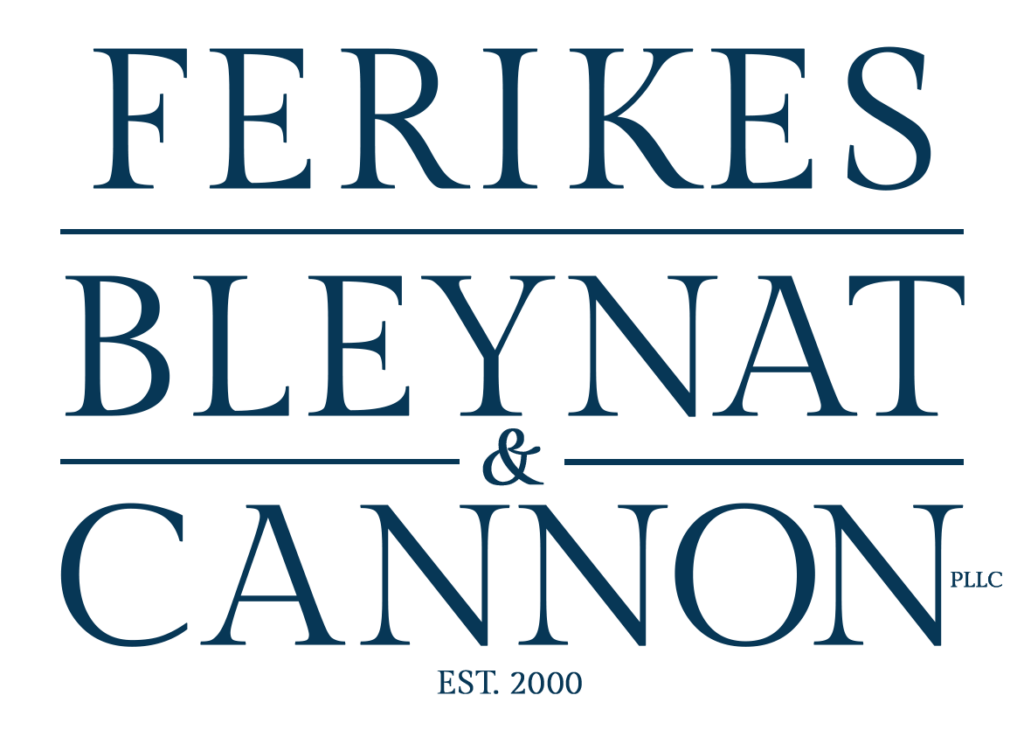How to Read a Survey Plat
In property disputes, reviewing a survey plat is often a critical step. A survey plat is a detailed drawing created by a licensed land surveyor that shows the precise location and boundaries of a parcel of land. Learning how to read and understand a survey plat can help property owners and buyers better grasp the details of their property, especially when legal issues arise.
Components of a Survey Plat
A typical survey plat includes the following key elements:
- Surveyor Information: The name and credentials of the licensed surveyor who prepared the plat.
- Title of the Document: A brief description of the purpose of the plat.
- Preparation Data: Information about when the survey was conducted and any relevant conditions during its creation.
- Legend: A guide to the symbols used on the plat, such as marks for existing boundary pins, new pins placed by the surveyor, monuments, easements, and structures.
- Adjoining Property Owners: Identification of the owners of neighboring properties.
- Metes and Bounds Description: The surveyor’s measurements of each segment of the property boundary, detailing the direction and distance of each line.
How to Read a Survey Plat
1. Find the North Arrow
The North arrow on a survey plat shows the orientation of the property. Begin by locating this arrow to understand how the property sits in relation to its actual geographic location. This will help you interpret the direction of each boundary line accurately.
2. Locate the Survey Legend
The legend provides symbols that correspond to specific features on the plat. Common symbols include:
- Existing Pin: Markers from prior surveys.
- Pin Placed: New markers placed by the surveyor.
- Monuments: Natural or man-made objects that help identify property boundaries.
- Easements and Structures: Indications of any easements (such as utility lines or road rights of way) and existing structures on the property.
3. Identify the Point of Beginning
The point of beginning (POB) is where the survey’s description of the property starts. The survey will tie into a permanent and easily identifiable point, such as a United States Geological Survey Marker, a road intersection, or a corner of a previously surveyed property. From this reference point, the survey will show a series of lines leading to the beginning point of the property being surveyed.
4. Follow the Boundary Lines
Once you locate the point of beginning, follow the boundary lines around the property. Each boundary segment will have:
- Direction: A notation like N 15° 30′ 45″ E, which tells you the line proceeds at a 15-degree, 30-minute, 45-second angle to the northeast.
- Distance: A notation like 166.25′, which tells you the length of the line in feet.
To better understand, imagine you are standing and facing North (0 degrees). Turning 90 degrees to the right would point you East (90 degrees), and a full turn would face South (180 degrees) and then West (270 degrees). The directional notations on the plat help describe how each segment of the property boundary moves relative to North.
5. Read the Plat in Reverse (Optional)
Survey plat notations can often be read in reverse. For instance, a line marked as N 15° 30′ 45″ E can also be described as S 15° 30′ 45″ W, depending on which direction you are facing when following the boundary. This allows flexibility in understanding how the property’s boundaries are positioned.
Other Notations on a Survey Plat
In addition to boundary information, survey plats may also include:
- Lot Numbers: Identifications for specific lots in a subdivision or mapped area.
- Deed References: Notations that reference the official deed descriptions recorded in the county’s land records.
Accessing a Survey Plat
If the survey plat is recorded with the Register of Deeds, you can request a copy from those offices. In many cases, the plat can be downloaded from the county’s online records. However, not all surveys are recorded. If the plat is not available through public records, you may need to obtain a copy from the surveyor who prepared it, and permission from the property owner may be required.
Contact Ferikes Bleynat & Cannon for Assistance
Reading a survey plat correctly is essential for understanding property boundaries, especially in legal disputes. If you need help interpreting a survey plat or have questions about property boundaries, easements, or land disputes, contact the experienced land dispute attorneys at Ferikes Bleynat & Cannon. We provide comprehensive legal services to resolve property issues efficiently and protect your rights.
Disclaimer:
The content in this blog is for informational purposes only and is not be intended to be legal advice. It is accurate as of the date of publication but may not reflect the most current legal developments. For legal advice specific to your situation, please consult with an attorney.



